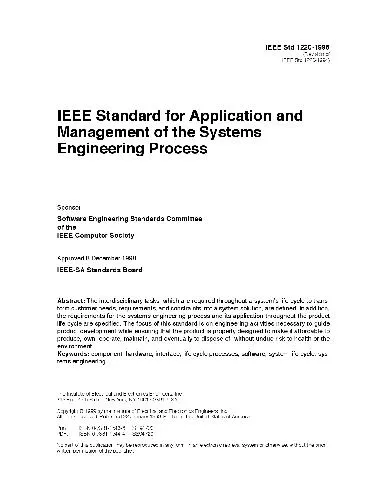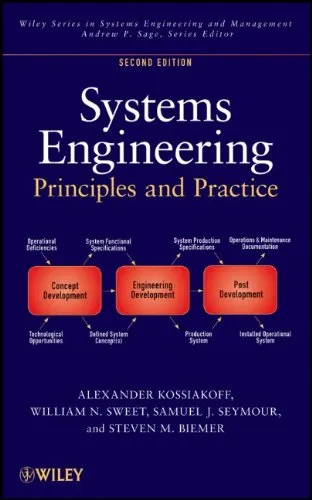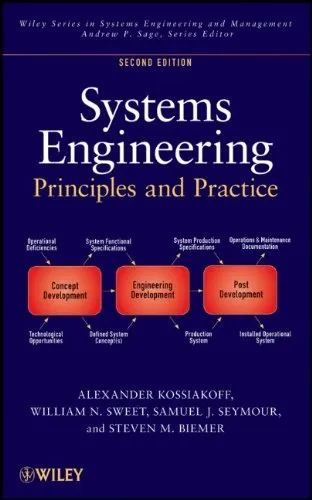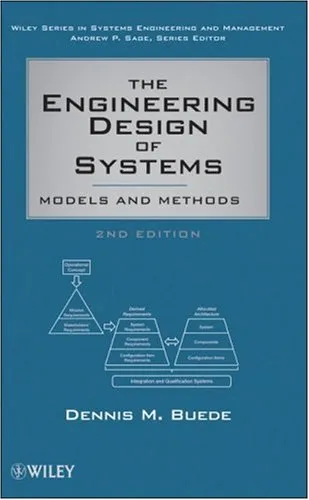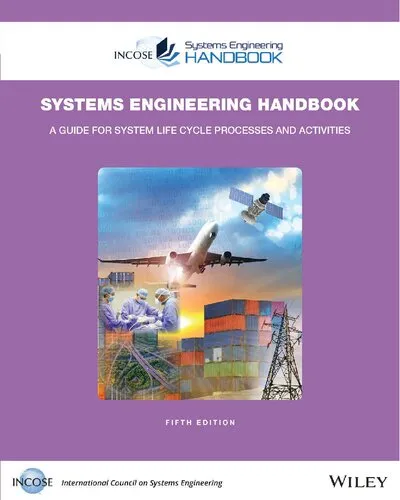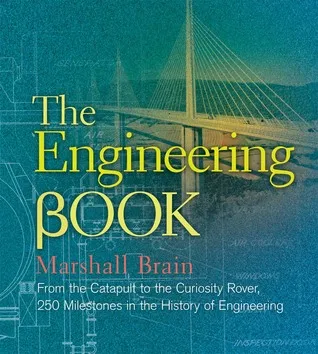Engineering a Safer World: Systems Thinking Applied to Safety (Engineering Systems)
4.7
Reviews from our users

You Can Ask your questions from this book's AI after Login
Each download or ask from book AI costs 2 points. To earn more free points, please visit the Points Guide Page and complete some valuable actions.Related Refrences:
Welcome to the world of safety engineering where modern complexities meet innovative solutions. "Engineering a Safer World: Systems Thinking Applied to Safety" is a groundbreaking text by renowned expert Nancy G. Leveson. This book transforms how we approach safety engineering by integrating systems thinking, providing a fresh lens through which to develop safer engineering systems. This detailed introduction will walk you through the core aspects of the book, highlighting its significance, core ideas, and lasting impact.
Summary of the Book
In "Engineering a Safer World," Nancy G. Leveson addresses the traditional limitations of safety engineering practices when applied to complex systems. The book offers a comprehensive guide to understanding how systemic failures contribute to accidents and provides methodologies for designing safety into the architecture of engineering systems. Leveson expands on the concept of systems thinking, which views safety not as the absence of failure but as a continuous process of ensuring safe interactions within a system's components.
Leveson introduces new safety concepts and models, such as the Systems-Theoretic Accident Model and Processes (STAMP), which presents an innovative framework for analyzing accidents and preventing future occurrences. By moving beyond component failure analysis, she explores how organizational, human, and software failures interplay to create unsafe environments. The book is filled with real-world examples, from aviation to chemical plants, showcasing the practical application of systems-oriented thinking.
Key Takeaways
- Understanding the limitations of traditional safety engineering approaches in the context of modern complex systems.
- Introduction to systems thinking and its application to safety engineering.
- The exploration of STAMP as a new model for accident analysis and system safety management.
- Insights into the importance of organizational and cultural factors in system safety.
- Practical examples and case studies that illustrate the application of theory to real-world scenarios.
Famous Quotes from the Book
Delving into Leveson's insightful narrative reveals several compelling assertions that resonate deeply with engineers and safety professionals alike. Here are a few noteworthy quotes:
"System safety is not a separate discipline but an integral part of general systems engineering."
"The challenge is not only to prevent simple failures but to manage the complexity of ensuring that the interactions within the system are safe."
"Traditional approach limits our ability to create systems that achieve higher safety and reliability levels."
Why This Book Matters
"Engineering a Safer World" is not just a book; it's a paradigm shift in the field of safety engineering. The methodologies Leveson advocates are increasingly relevant given the rapid technological advancements and the growing complexity of systems. Whether it's in aerospace, healthcare, or software systems, the concepts explained in the book are critical to not only preventing accidents but also enhancing the overall safety protocols.
The book is essential reading for engineers, safety managers, policy makers, and academic researchers. It provides the tools and understanding required to foresee potential hazards that surpass conventional failure models. Furthermore, with systems becoming more interconnected, adopting a systems-thinking approach as described by Leveson can contribute significantly to the resilience and robustness of modern engineering marvels.
Free Direct Download
You Can Download this book after Login
Accessing books through legal platforms and public libraries not only supports the rights of authors and publishers but also contributes to the sustainability of reading culture. Before downloading, please take a moment to consider these options.
Find this book on other platforms:
WorldCat helps you find books in libraries worldwide.
See ratings, reviews, and discussions on Goodreads.
Find and buy rare or used books on AbeBooks.
1385
بازدید4.7
امتیاز0
نظر98%
رضایتReviews:
4.7
Based on 0 users review
Questions & Answers
Ask questions about this book or help others by answering
No questions yet. Be the first to ask!


